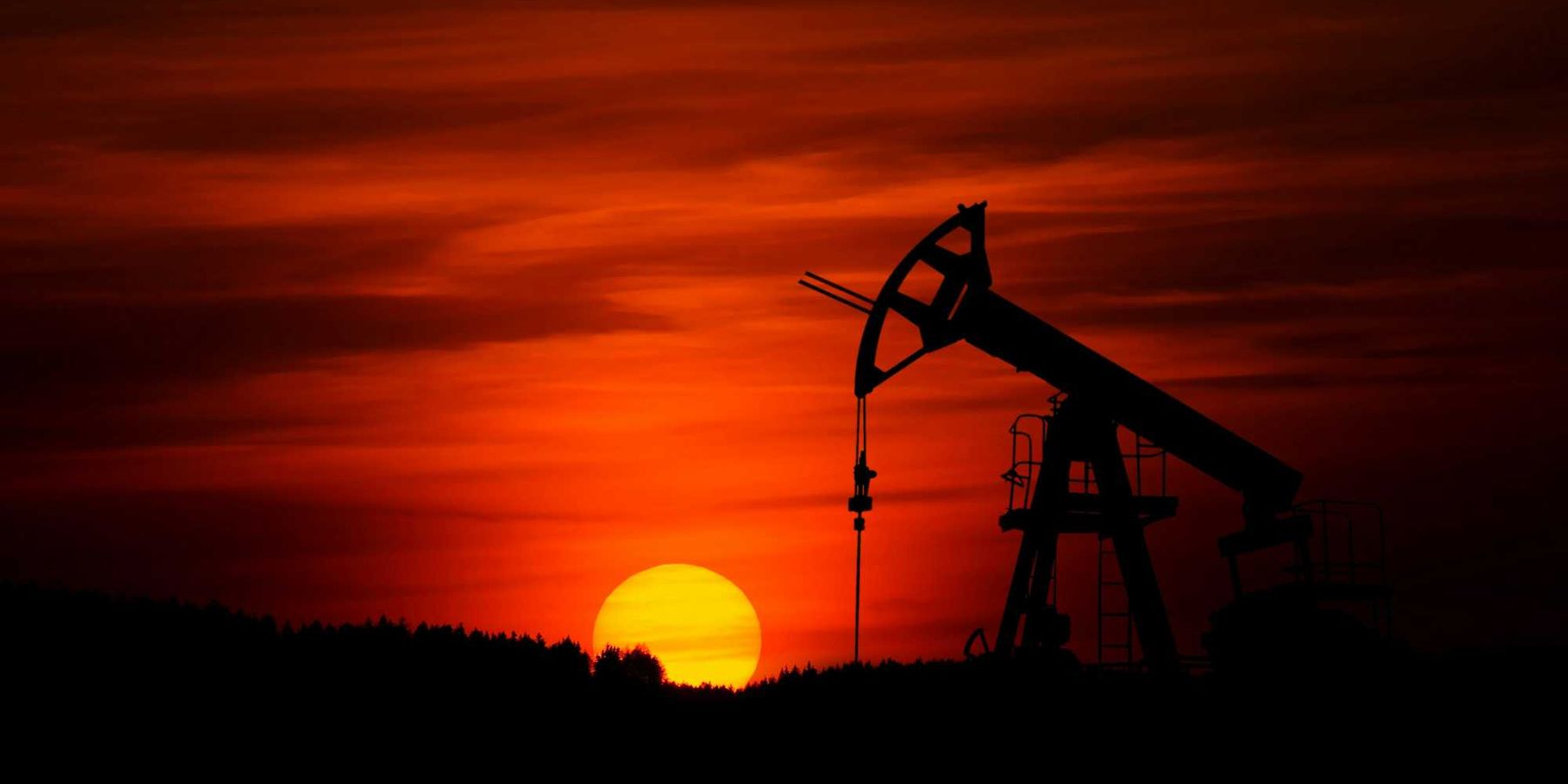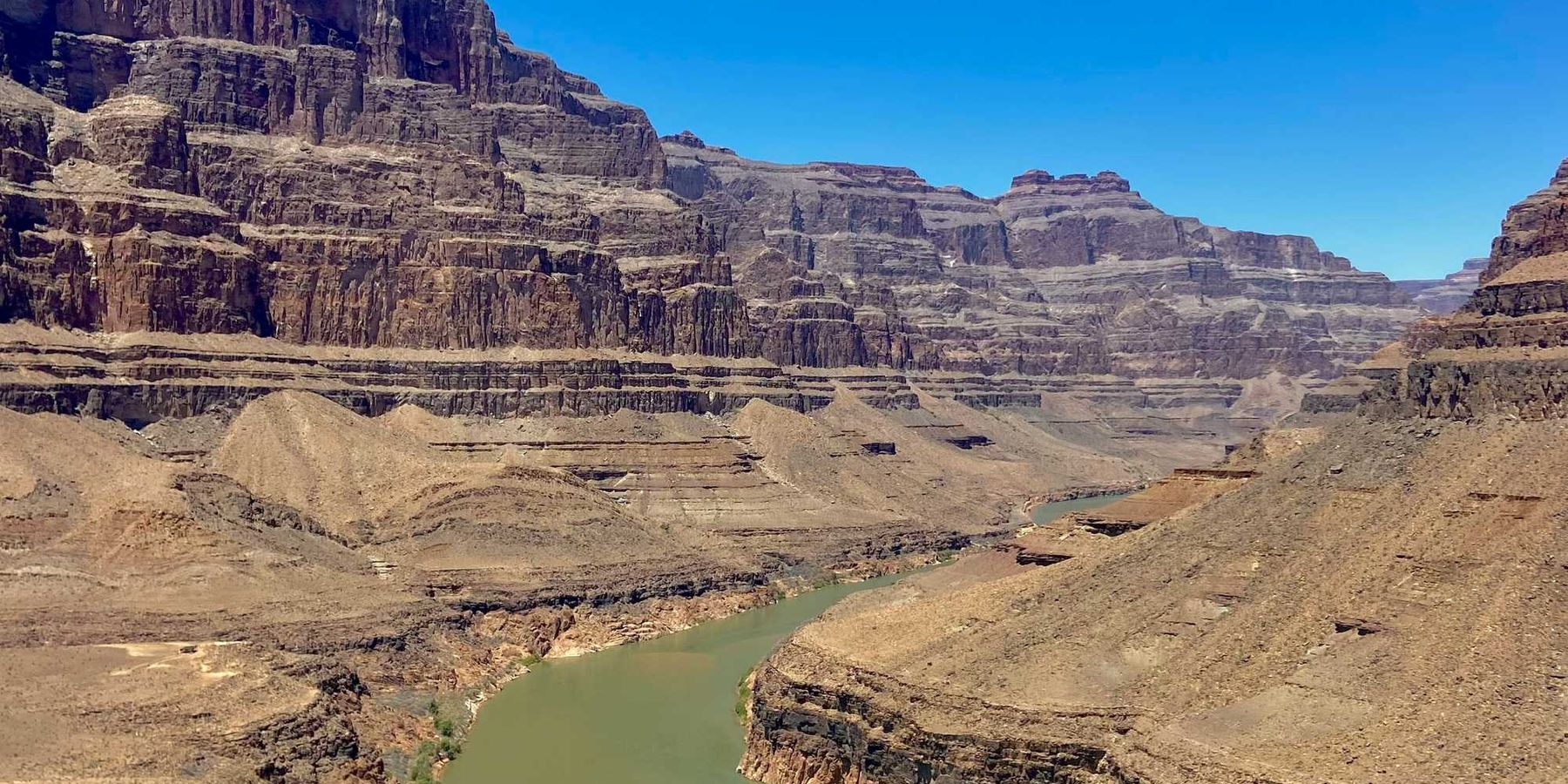Mosquitoes are a growing public health threat, reversing years of progress
Nolen traveled to five countries in Africa and Latin America to cover multiple aspects of this growing global challenge:
Mosquitoes are a growing public health threat, reversing years of progress
Climate change and the rapid evolution of the insect have helped drive up malaria deaths and brought dengue and other mosquito-borne viruses to places that never had to worry about them.
An invasive mosquito threatens catastrophe in Africa
A malaria-carrying species that thrives in urban areas and resists all insecticides is causing outbreaks in places that have rarely faced the disease.
The gamble: Can genetically-modified mosquitos end disease?
Working on a remote island, scientists think they can use genetic engineering to block a malaria-carrying species of mosquito from spreading the disease — and do it in just a few months. But governments are wary.
One village, two houses and a new tactic to win the war on mosquitos
A different way of thinking about mosquito-borne diseases could save billions of dollars and end them for good, some health experts believe.
Unleashing a new weapon on the mosquito: a mosquito
What if, instead of killing the mosquitoes, you could disarm them? Even if you couldn’t keep them from biting people, what if you could block them from passing on disease? What if you could use one infectious microbe to stop another?
Insecticides can't stop the mosquitos. Now what?
Old weapons like bed nets and insecticides don't work well anymore: Mosquitos have evolved to resist and evade them. The world needs to ways to fight mosquitos.













